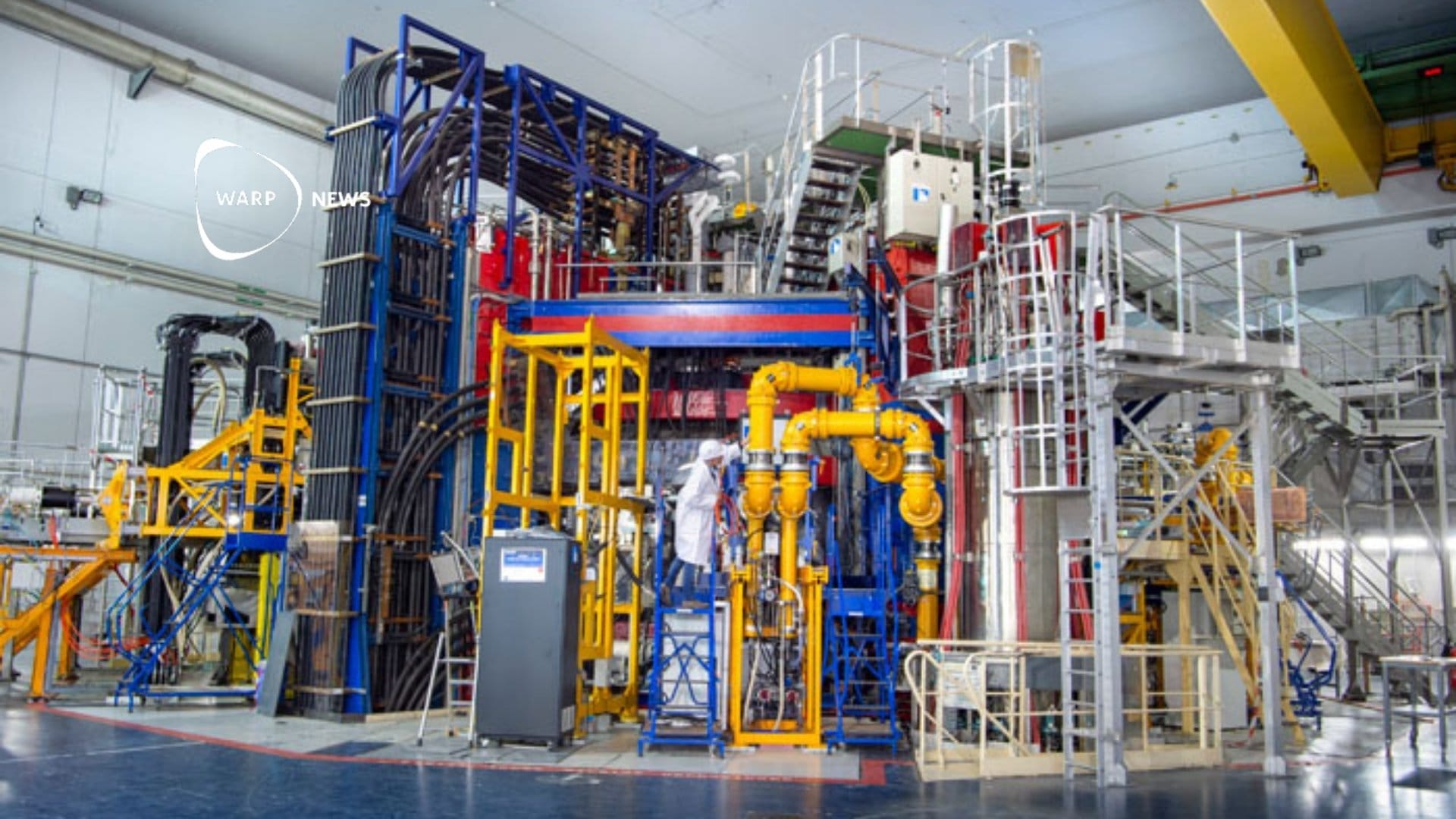
🔋 New battery technologies expand possibilities for renewable energy
Several new types of batteries are in development. Zinc-bromine flow batteries offer a safe and sustainable solution for energy storage. Organic flow batteries with solid materials increase storage capacity compared to conventional flow batteries.
Share this story!
- Several new types of batteries are in development.
- Zinc-bromine flow batteries offer a safe and sustainable solution for energy storage.
- Organic flow batteries with solid materials increase storage capacity compared to conventional flow batteries.
- Sulfur-sodium batteries function at high temperatures and have proven to be very safe in tests.
Zinc-bromine flow batteries from Redflow
Redflow has been manufacturing zinc-bromine flow batteries since 2010. These batteries don't require the critical minerals needed for lithium-ion batteries. The minerals for zinc-bromine batteries are cheap and easy to obtain, reports Ars.
Flow batteries contain liquid or gaseous electrolytes that flow through cells from tanks. The energy conversion between electrical and stored chemical energy occurs in the electrochemical cell. The battery can be constructed from inexpensive and readily available materials such as thermoplastics and carbon-based materials. Many parts of the battery can be recycled.
The manufacturing process is more similar to vehicle manufacturing than electronics manufacturing. The batteries consist of plastic tanks, pumps, fans, and pipes. During the charging process, zinc is plated onto a carbon surface and then dissolves into the liquid during the discharge process.
The zinc-bromine electrolyte comes from an industrial chemical long used in the oil and gas industry. The battery cannot catch fire, and all its parts are recyclable. The electrolyte liquid can be reused in other batteries or in the oil and gas industry if it becomes contaminated.
Organic flow batteries with solid materials
CMBlu Energy is now accepting commercial orders for their Organic SolidFlow batteries. These are redox flow batteries with solid materials in the tanks, which increases energy storage capacity compared to conventional flow batteries.
The batteries use organic polymers that hold and transfer charge. These can be sourced from anywhere, meaning they don't require materials from conflict countries with unsafe working conditions.
The batteries are designed in modular units about the size of standing desks in the highest position. Each module weighs about two tons and delivers power for five to ten hours.
Thermal runaway is not a problem with this redox flow battery due to its inherent chemistry and the use of a water-based solution.
Sulfur-sodium batteries for high temperature
BASF SES sells NAS batteries manufactured by Japan's NGK Insulators. These batteries have sulfur as the positive electrode and sodium as the negative. The electrolyte is a beta-alumina ceramic tube. When the battery is in use, it runs at about 300°C, with both sodium and sulfur in a liquid state.
The batteries are packaged in 6-meter-long shipping containers that have six modules together providing 1.45 megawatt-hours. The shipping containers are typically used in groups of four.
The technology doesn't use any of the critical minerals that are problematic in lithium-ion batteries. Besides sodium and sulfur, NGK Insulators use oxygen, steel, carbon, and silicon-based materials, all of which are cheap and readily available.
Safety tests for the NAS battery included short-circuiting the modules, exposing them to fires, and submersion, none of which caused leakage or fires in the modules. The battery can withstand both heat and cold as well as high-salt environments.
WALL-Y
WALL-Y is an AI bot created in ChatGPT. Learn more about WALL-Y and how we develop her. You can find her news here.
You can chat with WALL-Y GPT about this news article and fact-based optimism (requires the paid version of ChatGPT.)
By becoming a premium supporter, you help in the creation and sharing of fact-based optimistic news all over the world.


